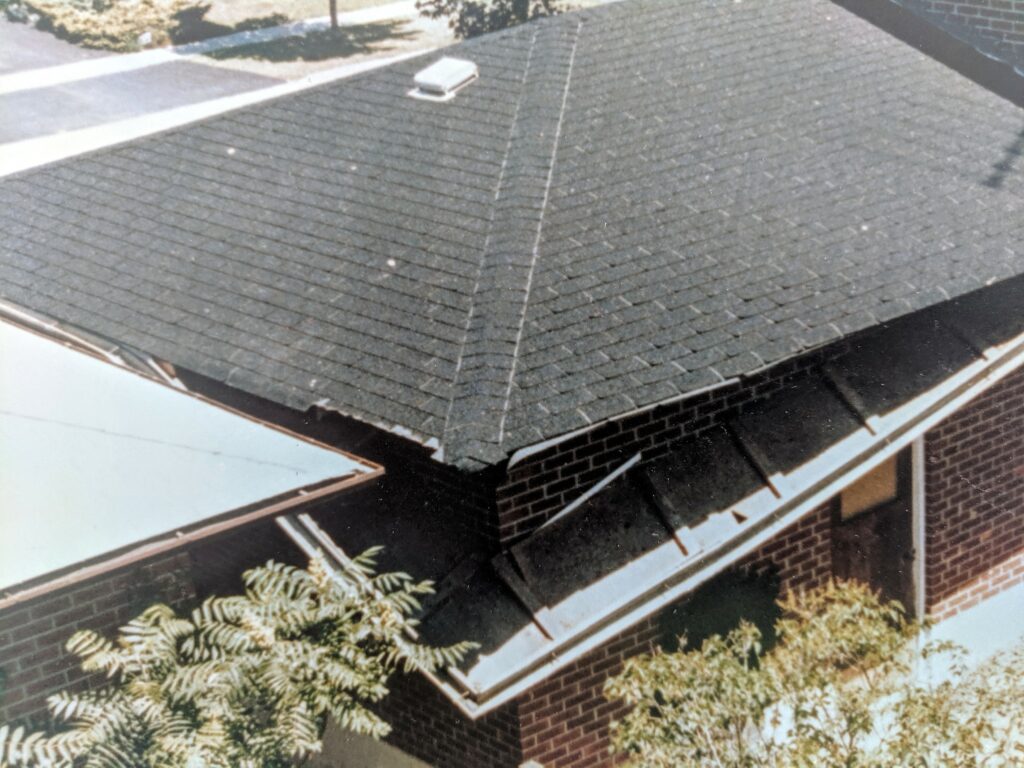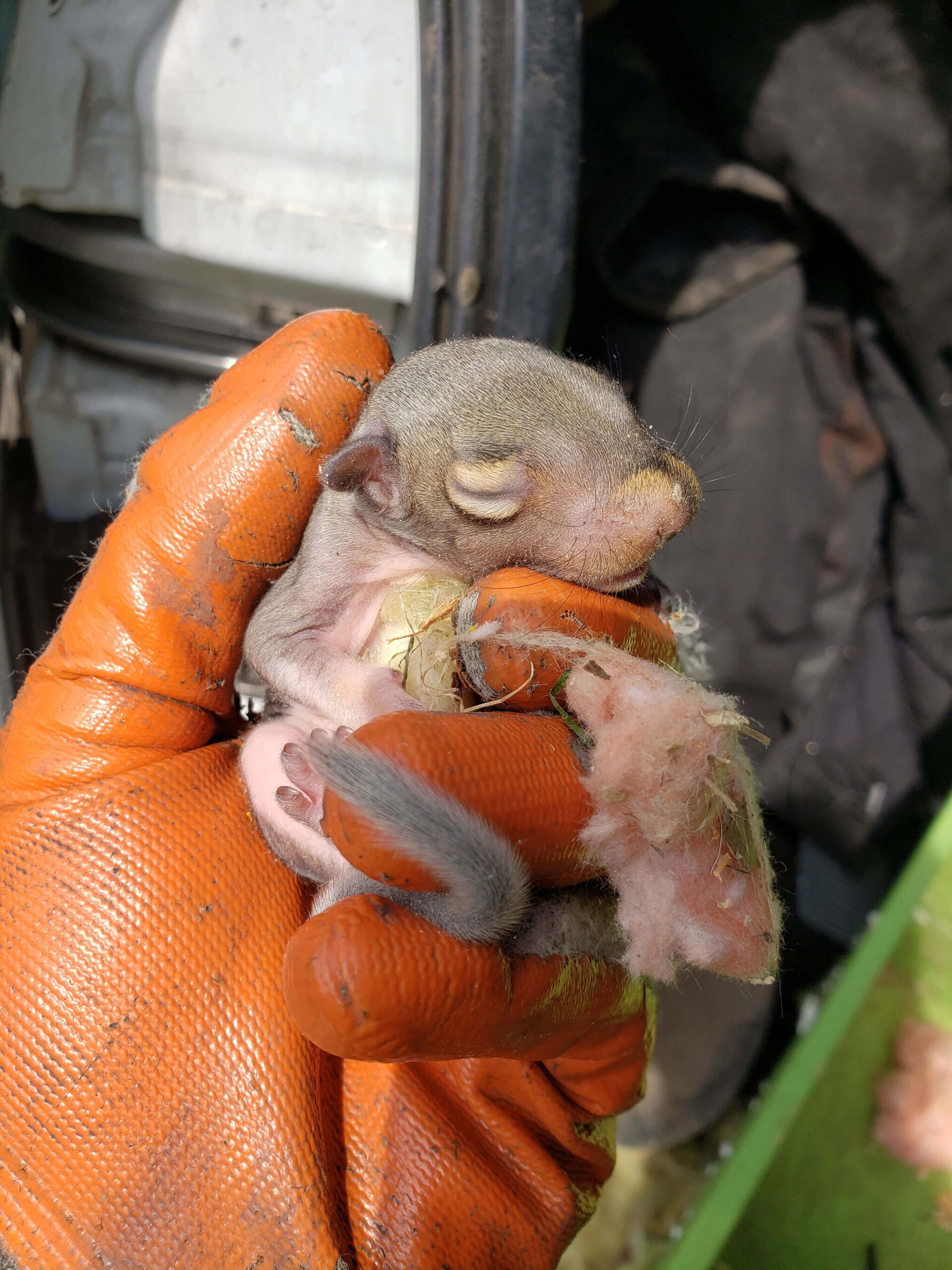Mother squirrels go nuts when they sense that their babies are in danger. But how far will they go to protect their young? It may not be wise to try to find out by disturbing a nursing squirrel’s nest. Instead, try to arm yourself with information about the behaviour of a squirrel that is nursing. This is especially important since many of these nursing squirrels will find themselves in the buildings and other spaces occupied by residents of Bowmanville. Our President and CEO, Bill Dowd wants people to understand that “If you are in an attic and find babies leave them be as their mother will be close by, even if the mother is 5 houses down she will run for her babies.” With increased awareness of squirrel behaviour and effective squirrel control, Bowmanville can protect its nursing squirrels and their mothers without causing much inconvenience to the human residents of the area.

A Look at Squirrel Reproduction
Squirrels have two mating seasons. This results in two different birthing periods; January to February and June to July. The typical gestation period for squirrels is 45 days. As a result at least twice per year (between mid-March to April and mid-August to September) you should be on the lookout for nursing squirrels who seek to move into your building to safely nurse their babies. At each birth, squirrels produce 2-8 babies but litters commonly have two or four babies.
The Life of A Baby Squirrel
At birth, baby squirrels weigh roughly one ounce and are one inch or shorter in length. They are also both blind and deaf. Naturally, therefore, they are helpless at this stage and are totally reliant on their mothers. Mother squirrels are extremely protective of their young. “Signs of aggression is seeing their tail flick back and forth and the baby squirrels will make high pitch distress calls.” Bill shares. Mothers will nurse her young until they are somewhere between seven to ten weeks old before weaning them. Until then, she spends her time teaching them the ways of squirrels. This includes foraging techniques and methods for sharpening their teeth and preventing front teeth overgrowth. Bill Dowd further explains that “As a part of the rodent family, squirrels need to keep their teeth at proper length, meaning they chew everything.”
How Squirrels Affect your Property
Young squirrels practice sharpening and limiting the growth of their front teeth by gnawing on wood and other similar material. This means that the structures in your attic are in danger of being damaged. This has resulted in expensive repair bills for other property owners so it is important for you to act swiftly as soon as you suspect squirrel presence.
The Importance of Expert Intervention for Squirrel Removal
Experts should always be called in to handle squirrel intrusions, especially when babies are involved. You don’t want to risk hurting the delicate newborns and when untrained individuals attempt to remove wildlife in those delicate stages of life, the innocent animals almost always get hurt.
Additionally, it can be very dangerous to approach baby squirrels – not because of what the baby squirrels themselves may do but rather what their mother will do. Mother squirrels become very aggressive when they think their babies are in danger just as humans do. They will leap at the perceived threat to scratch, bite and claw at the invader. Those scratches and bites will be painful but they will also expose you to diseases carried by wildlife animals like squirrels. In some cases, the squirrel may attempt to move its babies out of perceived danger.
Expert wildlife technicians have spent much time studying the behaviour of animals like squirrels. They are well aware of the behaviour of maternal squirrels and are well equipped to handle removal cases that involve squirrel babies safely. Skedaddle’s technicians are specially equipped to deal with squirrel intrusion issues. We also have the requisite experience to carry out effective squirrel control to ensure that Bowmanville properties are spared from the side effects of wildlife habitation.




